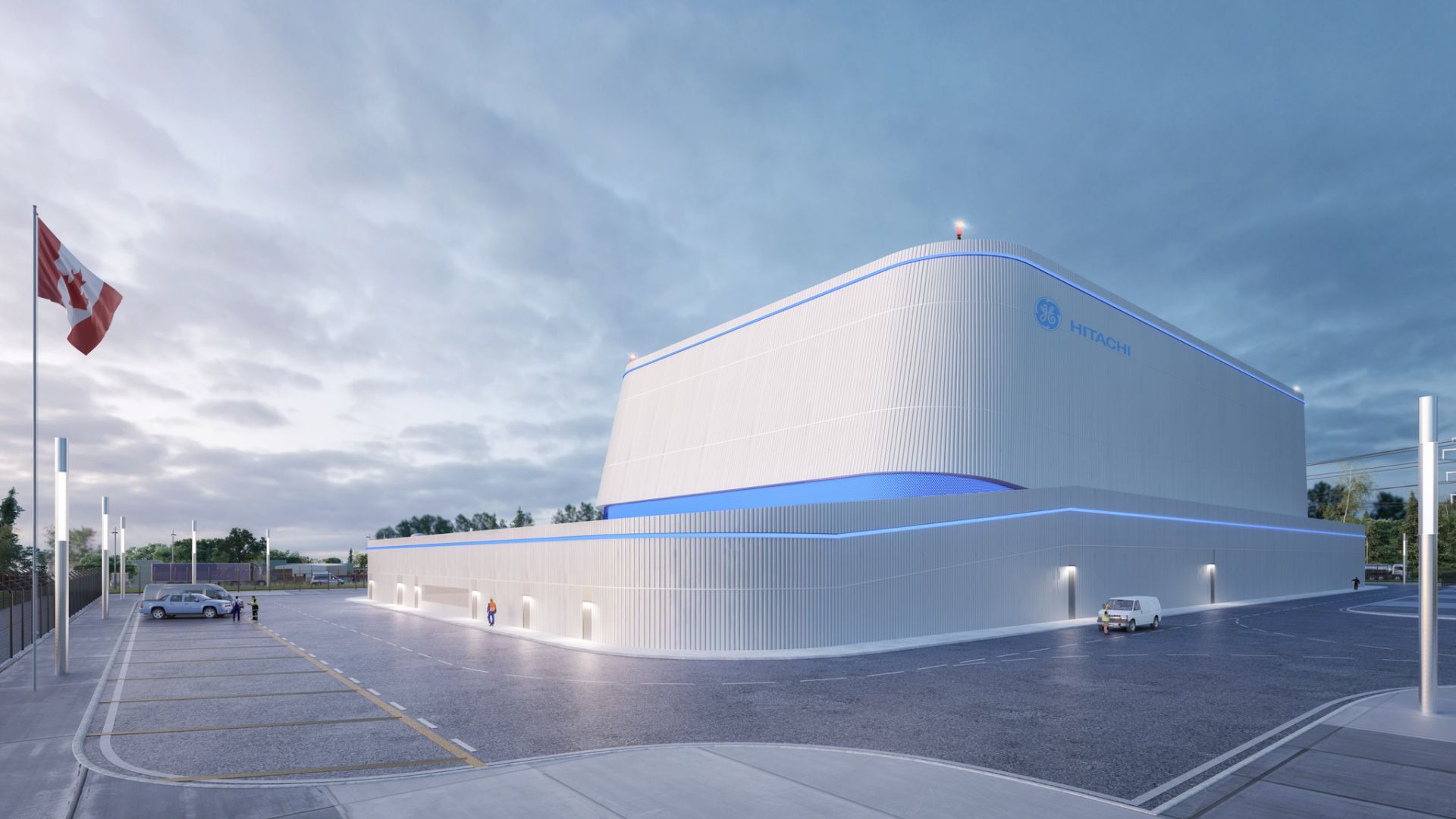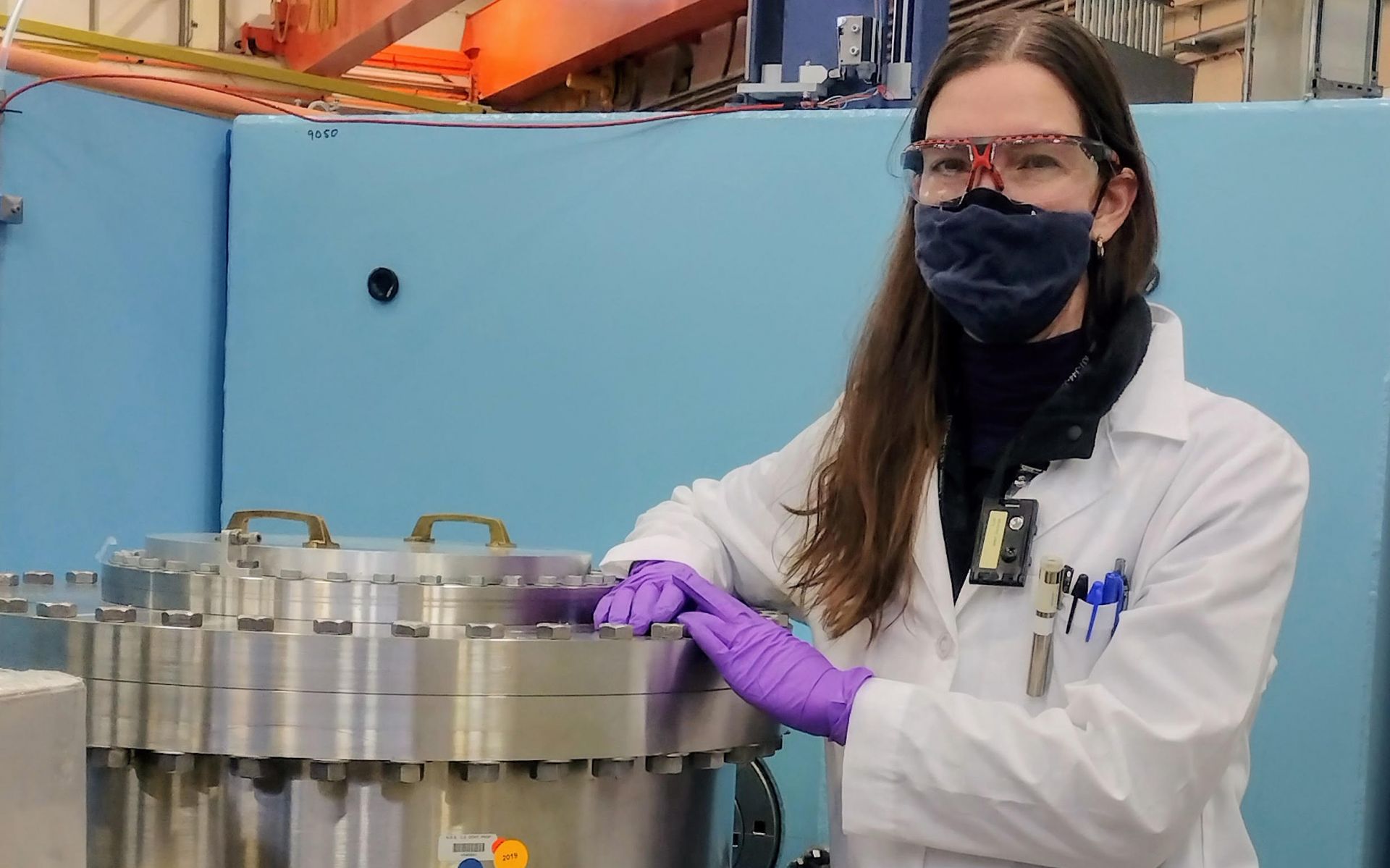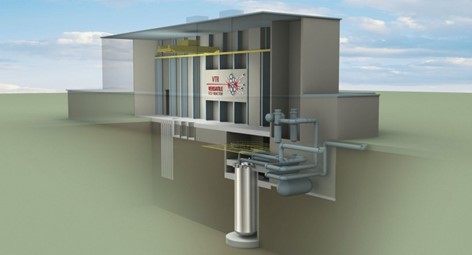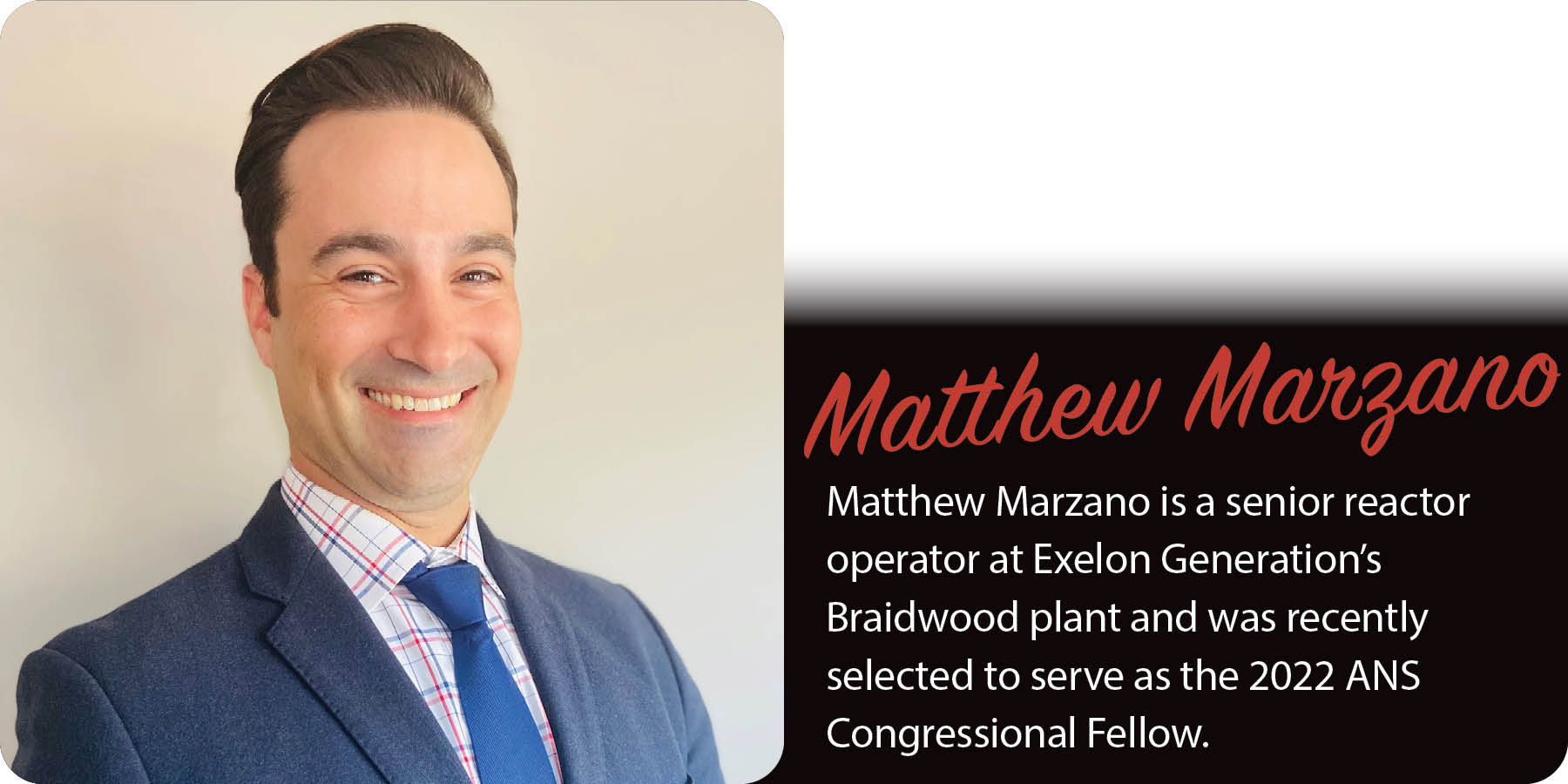Maximizing decommissioning lessons learned

Larry W. Camper
The track record for the successful decommissioning of nuclear facilities, both nationally and internationally, is impressive. In the United States, we have decommissioned many nuclear facilities, including complex materials sites, uranium recovery sites, research and test reactors, and nuclear power plants. To date, according to the Nuclear Regulatory Commission, 10 nuclear power plants have been completely decommissioned for unrestricted use, and another 26 power reactor sites are currently undergoing decommissioning through either SAFSTOR or DECON, following NRC regulatory requirements. In addition, the Nuclear Energy Institute identifies three nuclear power plants that were successfully decommissioned outside of NRC jurisdiction. While such a track record is impressive, the nuclear industry must be vigilant in focusing on lessons learned in order to continue to make gains in efficiency, cost savings, improved environmental stewardship, and enhanced stakeholder confidence. In reviewing the outcomes of decommissioning over many years, a number of key lessons learned have emerged.


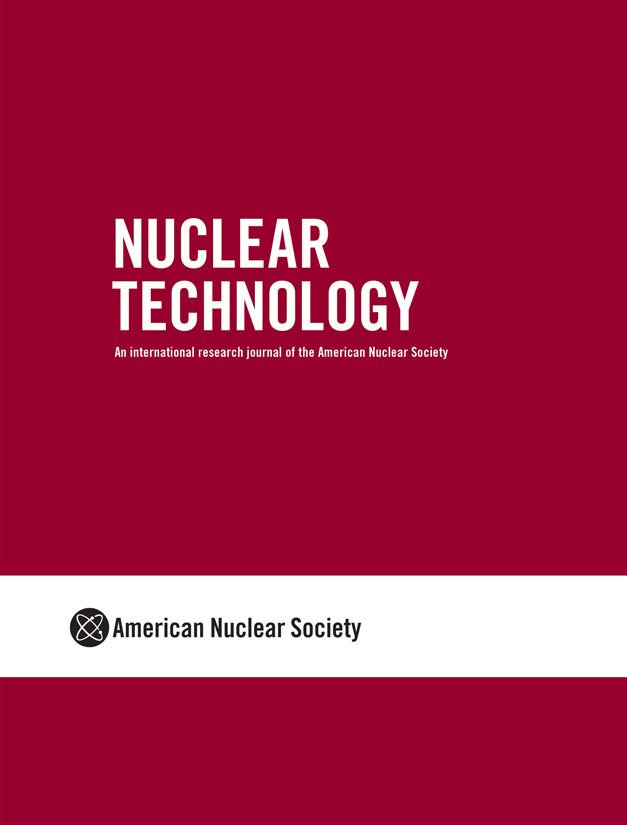 A special issue of the ANS journal Nuclear Technology, published last month, observes the 75th anniversary of the Trinity experiment, the world’s first nuclear explosion, on July 16, 1945, near Alamogordo, N.M. The experiment was a first step toward the conclusion of the Manhattan Project and the end of World War II. The special issue, The Manhattan Project Nuclear Science and Technology Development at Los Alamos: A Special Issue of Nuclear Technology, was sponsored by Los Alamos National Laboratory and curated by Mark Chadwick.
A special issue of the ANS journal Nuclear Technology, published last month, observes the 75th anniversary of the Trinity experiment, the world’s first nuclear explosion, on July 16, 1945, near Alamogordo, N.M. The experiment was a first step toward the conclusion of the Manhattan Project and the end of World War II. The special issue, The Manhattan Project Nuclear Science and Technology Development at Los Alamos: A Special Issue of Nuclear Technology, was sponsored by Los Alamos National Laboratory and curated by Mark Chadwick.




